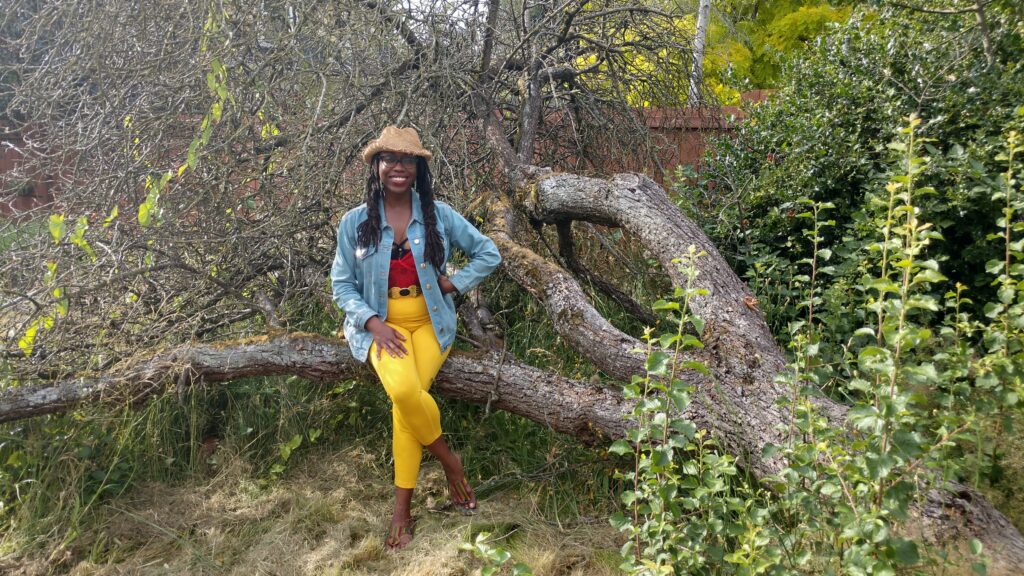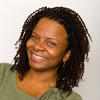Artist C. Davida Ingram has made it her mission during this pandemic to create space for artists of color to pursue and hone their gifts through the lens of social justice.
I see my job as much more related to the pursuit of beauty and truth and connection. — C. Davida Ingram, public engagement programs manager for The Seattle Public Library
Ingram ended 2021 on a high and powerful note, collaborating with an extensive group of community partners and local artists to produce a series of artistic and educational events—all part of a focus on public health amid the pandemic. That includes the event “What the World Needs Now: A Dreamathon” and the second-annual “Reflections” Dance Festival. She also worked with community partners to launch BLOOM Food Justice Initiative, a BIPOC-led community garden initiative and youth fellowship addressing pandemic-era food insecurity.
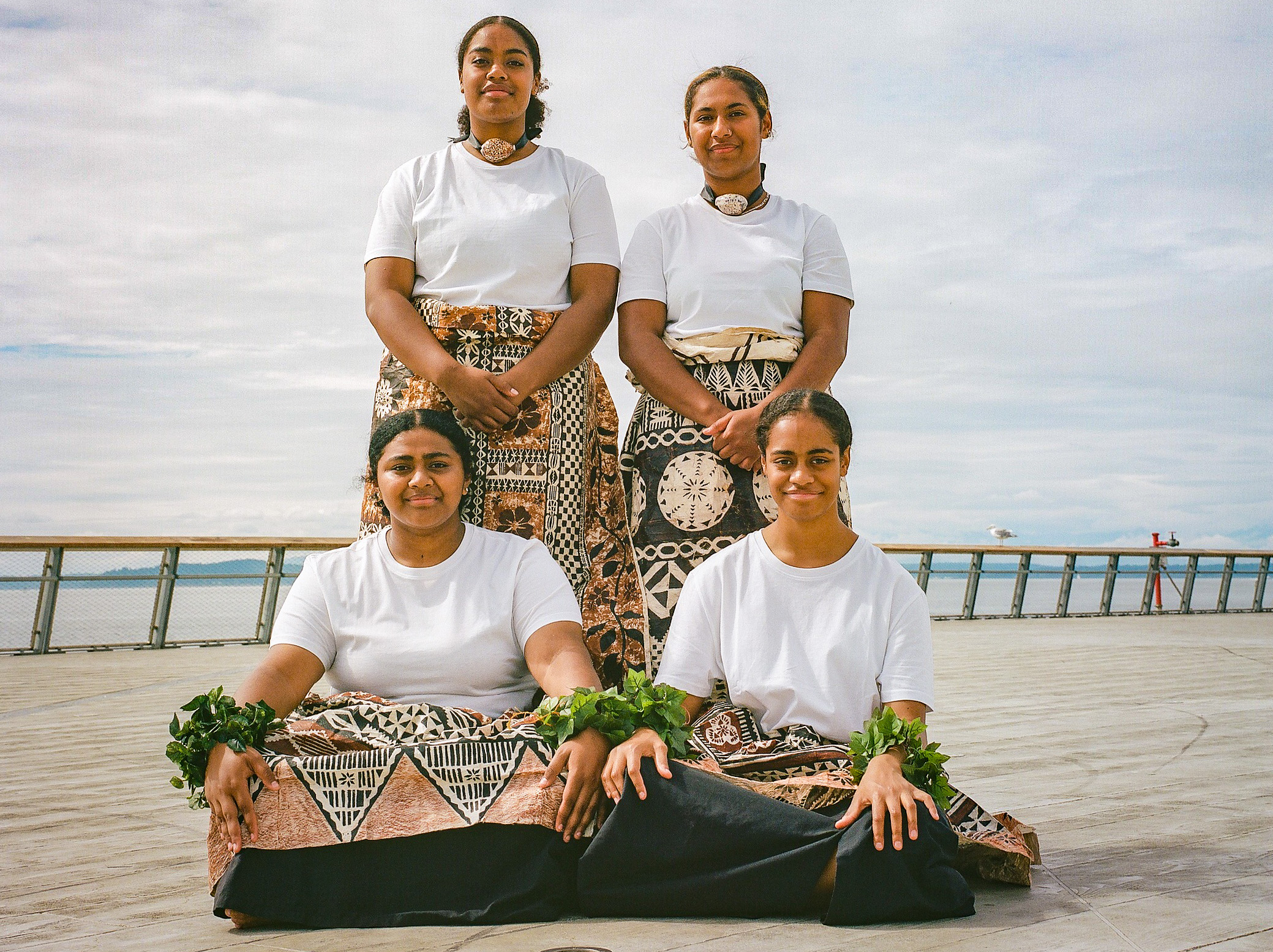
Credit: Futsum Tsegai, filmmaker and artist-in-residence at The Seattle Public Library
In an interview, C. Davida Ingram shared her thoughts on race, community and social justice, and how she’s helping artists of color thrive and communities to stay engaged. This interview has been lightly edited and condensed for clarity.
Q: Considering the impact of the pandemic, how are you and the Library managing these times?
A: When the pandemic began, one of the first things I learned was that artists lost over a million dollars in revenue; and that was such a staggering statistic.
So I spent the time thinking about what are the paradigms that worked for artists of color, and what are the ingenious ways to deal within these limitations. Really good artists work within their limits, right? And COVID gave us some really interesting limits.
Q: As a Black woman, what does it mean for you to be an artist today?
A: I wasn’t born a woman; I was a child first. But I will always remember asking my dad to help me draw a face when I was about five. He taught me to make a U-shape, and to put the face on the inside. So I would probably say being an artist is one of the first identities that I had. I grew up on the south side of Chicago … [and] I went to the School of the Art Institute of Chicago. What I loved about my education there is that it trained me to be incredibly creative and work in a lot of different disciplines. I always think back to a comment that my mentor Sandra Jackson-Dumont said: “Racism is probably one of the most generative concepts.”
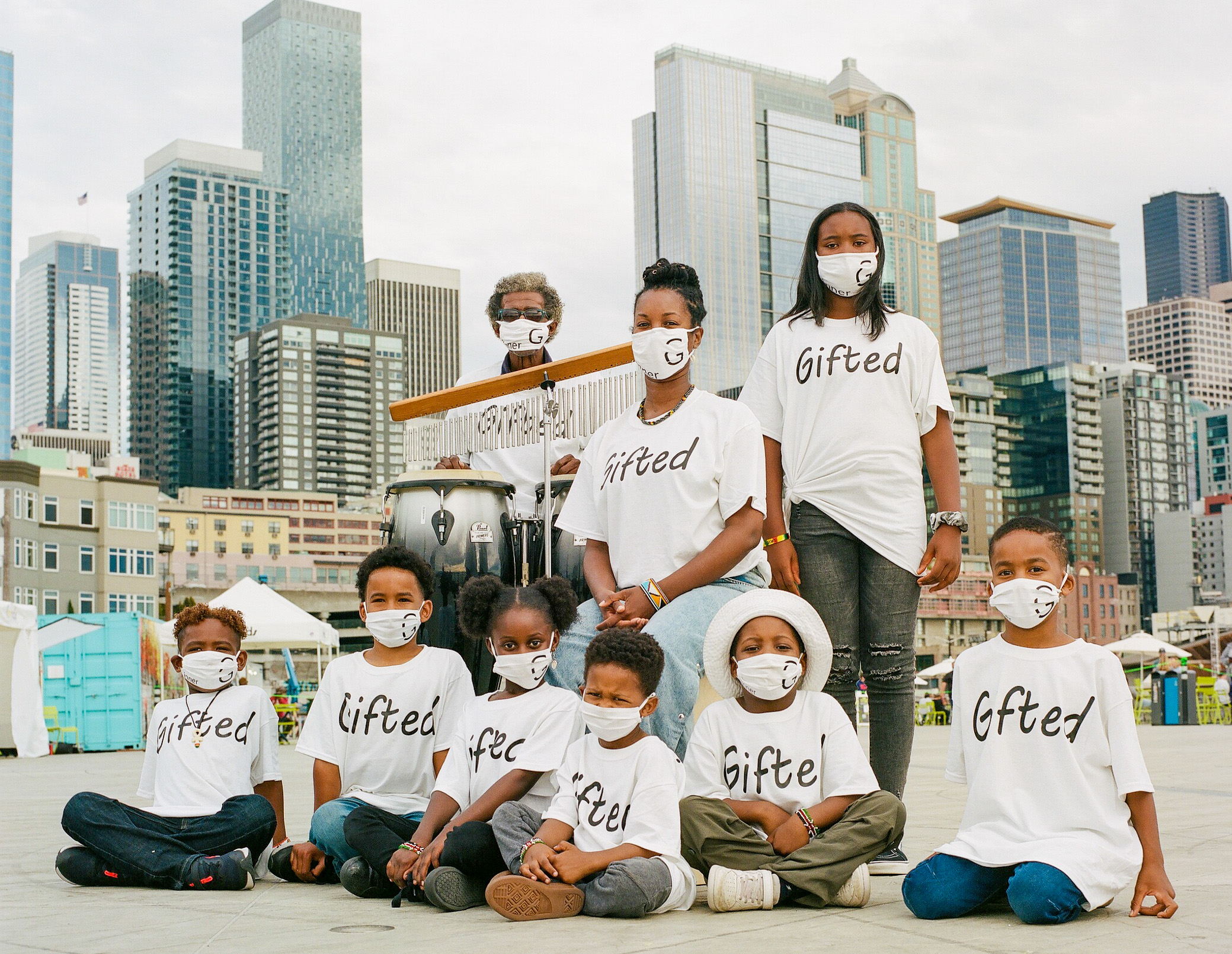
I think as artists who take on conversations about racism, sometimes we conflate race with racism. I don’t think we should. Every day of my life, I’m going to wake up and be Black. Now, if that’s a hard or difficult thing, it has nothing to do with my blackness, it has to do with the environment that I’m in. Toni Morrison pointed out: racism could use up all your gas, if you’re constantly responding to it. As an artist (and art administrator), I see my job as much more related to the pursuit of beauty and truth and connection; and I think that a big part of my job is to make sure that people who are creative have many different avenues to pursue their creativity and hone their gifts. And, with the pandemic still looming, I continue to think about what it will look like to create art experiences in the new year. It’s going to be an interesting place.
Q: What does that space look like in the new year, especially when it comes to bridging communities?
A: I really appreciate the Seattle Public Library for allowing me to experiment. We worked on pop-up Soul clinics that offered the vaccine and an art experience; and the clinics were designed by community members. When we did just the clinics as stand-alones with nothing added we had low numbers. We’re talking like two to five people. But when we put art and culture in the mix, then we sometimes would see thousands of people. But it’s still a pandemic. We’re outside, but the questions are still: how do you right size this event?
Q: Did that thought process help inform the vision behind the BLOOM Food Justice Initiative?
A: BLOOM came out of just looking at hunger during the pandemic and fostering civic leadership. I was so impressed with the people of color who created the community feeding programs within the city, and I wanted younger leaders to experience that type of insight and to have their space to design what they’d like to see and create.
BLOOM was designed for young people, because the stats for suicide and mental health among young adults were so disturbing. So, I was like: what does it look like for young leaders to have a community experience that’s outdoors, that’s physically distanced?
The first year was probably the scariest, because we didn’t have vaccines and I remember telling my supervisor, I will be as careful as possible—just please let us try. So, we did it—we started a garden. We also did virtual lectures. We eventually expanded to a community of about 40 people, still with the focus on young adults in fellowship.
In the first year, we picked 300 pounds of apples, made cider and passed it out at a BIPOC healing event, and we did other projects that were more modest in scale. For this year, the young folks want to focus on soil remediation, but that’s what BLOOM allows us to do, to think quite a bit about our relationships—not just human to human, but also human to soil and nature.
Q: Before joining The Seattle Public Library in 2015, what did you envision for this job?
A: My background is an artist who has worked in museums; I worked at the Seattle Art Museum, and even though museum isn’t in the title, I worked at the Gates Foundation Discovery Center, which essentially was a museum. At both, I was an educator focused on innovation and part of their public programs team. So when I got to the Library, I said: Would it be okay for us to focus on communities that were most affected by racism to have an opportunity to produce knowledge at the Library that would improve their day-to-day life, with a focus on civics and creativity?
There are many ways that I’ve seen my job at the Library get to be expansive, community centered … and so rewarding.
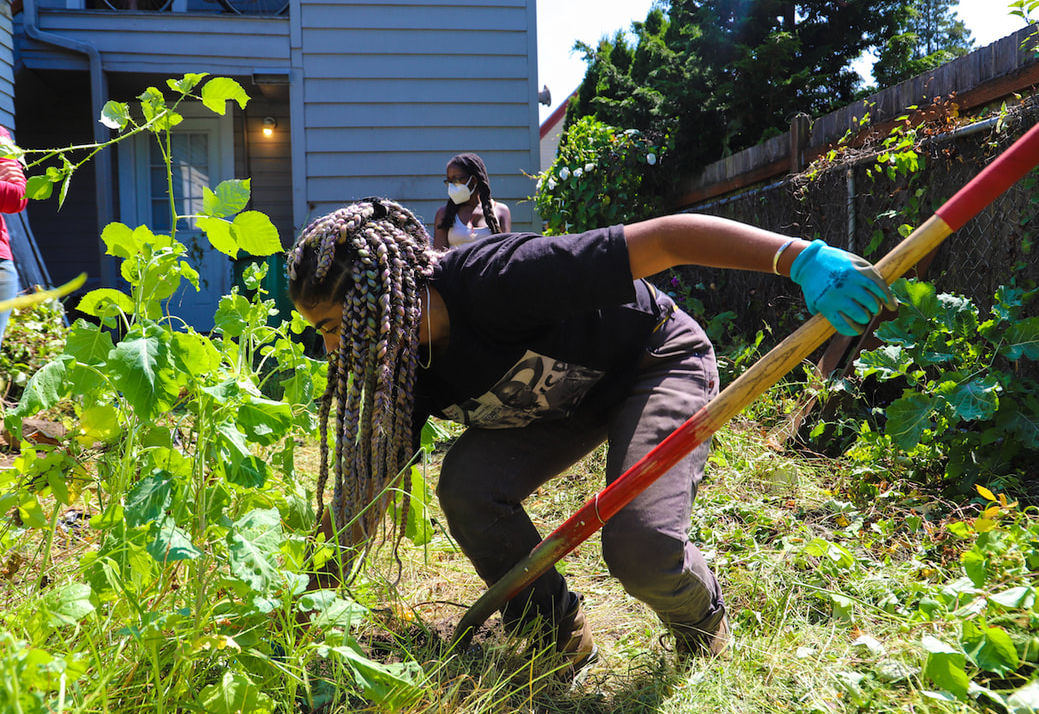
Q: It seems like you seamlessly have fused art, community, and social justice. What is your process to bridge those spaces, especially in a city like Seattle?
A: I feel like where Seattle is, it is a very cutting-edge place to have conversations about racial justice. It’s not always easy. For me, I always have to remember that the cultural context that I have from growing up in Chicago may not always be relevant here. The cultural predicate of blackness is different (in Seattle). But I also think the thing that I get to bring to the table is being classically Black, an experience that I want to stay legible, no matter where we are.
